Our journey began on March 5th, as we welcomed aboard a diverse group of passionate divers hailing from all corners of the globe – France, Belgium, Brazil, UAE, Sweden, Switzerland, Israel. With excitement coursing through our veins, we eagerly anticipated the surprises that awaited us amidst the 800 magical islands of the Mergui Archipelago.
Our first day submerged us into a world of wonder at High Rock, where the mystical allure of the ocean greeted us with the sight of not one, but two seahorses on our check dive. Venturing forth to Dragon Islands, we navigated through three enchanting swim-through before encountering a majestic eagle ray and a colossal 4-meter nurse shark peacefully slumbering beneath the rocky alcoves of Tower Rock. It was a sight to behold, one that left us in awe of the ocean's grandeur.
Scuba diving accidents, though infrequent, serve as sobering reminders of the importance of having the right people by your side. Being equipped with the knowledge, equipment and skills to recognize and respond to diving injuries (even in the most remote parts of the word) can make all the difference in critical moments. At The Smiling Seahorse, we take pride in our rigorous training, continuous education, and unwavering commitment to safety protocols. Rest assured, when you dive with us, you're not just exploring the depths – you're in the hands of seasoned professionals who prioritize your safety above all else.
To ensure our passengers didn't miss another dive, our boat sailed through the night, traveling to Kawthoung and back, so we could be back on time for the 7 am dive the next morning. A big thank you goes to our dedicated crew onboard who drove the boat an extra 14 hours that night showing once more their unwavering dedication to punctuality and reliability.
The following days unfolded like chapters in a captivating saga, each dive site revealing its own unique treasures. From the mysterious depths of Shark Cave to the vibrant coral gardens of Western Rocky, we were treated to an underwater spectacle unlike any other. Seahorses, ghost pipefish, and anemone-clad critters adorned the reefs, while the graceful movements of Manta and the stealthy presence of sharks added an exhilarating edge to our adventures. Picture speak a thousand words, so let them talk :)
Amidst the thrill of exploration, we found moments of serenity amidst the natural beauty of the archipelago. From the sea gypsies village, where we climbed to the temple for a breathtaking panorama, to the pristine beaches where turquoise waters beckoned us for a refreshing swim, each moment ashore was a treasure to be cherished.
As our journey drew to a close, we reflected on the memories forged and friendships formed amidst the vast expanse of the Andaman Sea. From heart-shaped lagoons to bustling coral gardens, the Mergui Archipelago had once again woven its magic upon us, leaving us yearning for the next chapter of exploration.
In conclusion, our dive trip to the Mergui Archipelago was nothing short of extraordinary. With its diverse marine life, stunning landscapes, and warm camaraderie, it's no wonder that this hidden gem has captured the hearts of divers around the world. So, until our next underwater escapade, may the seas continue to beckon us with their siren song of adventure and discovery.
With that said, we received a cancellation on the last cruise to Myanmar this season starting on the 9th of May, get in touch if you'd like to explore this untouched paradise before the word come out...
Bon voyage and happy diving!
Note: Remember, diving is not just about exploring the depths; it's also about having fun and making memories. So, dive in with a sense of adventure and a sprinkle of humor, and you're sure to have a whale of a time!

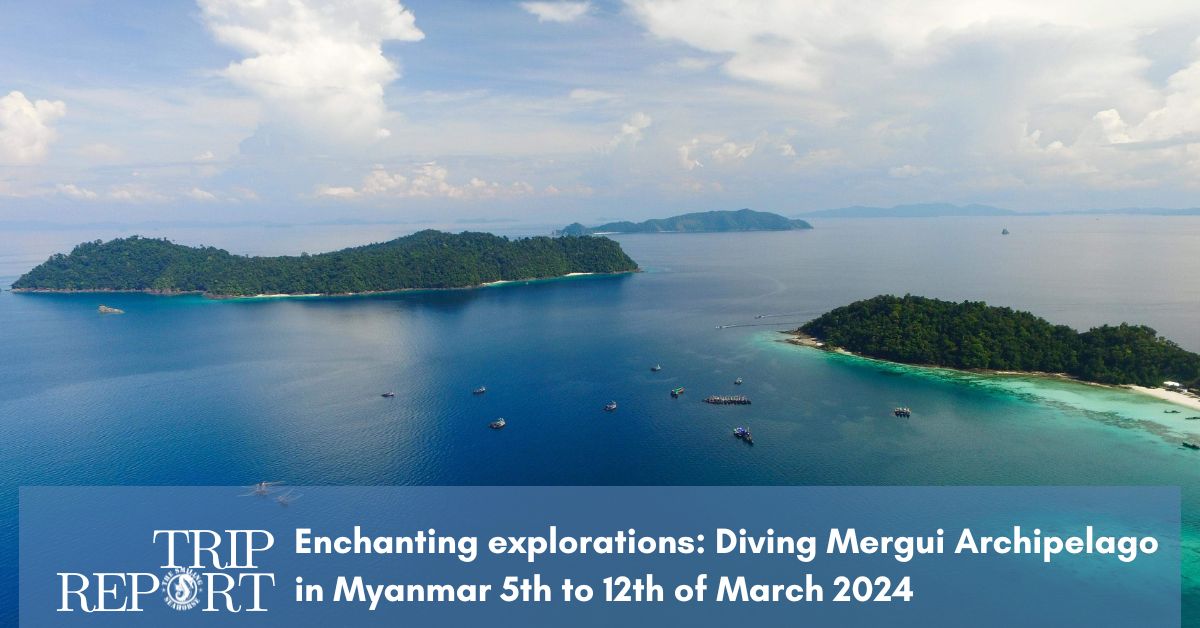
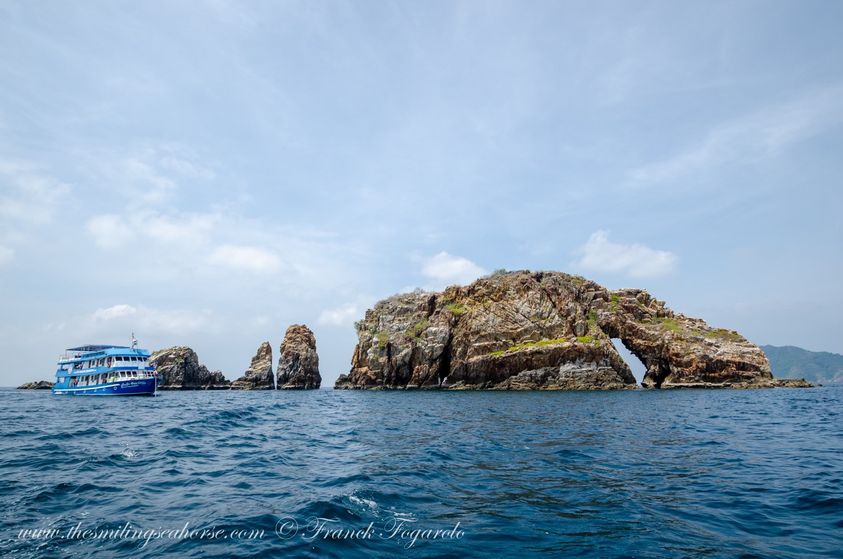
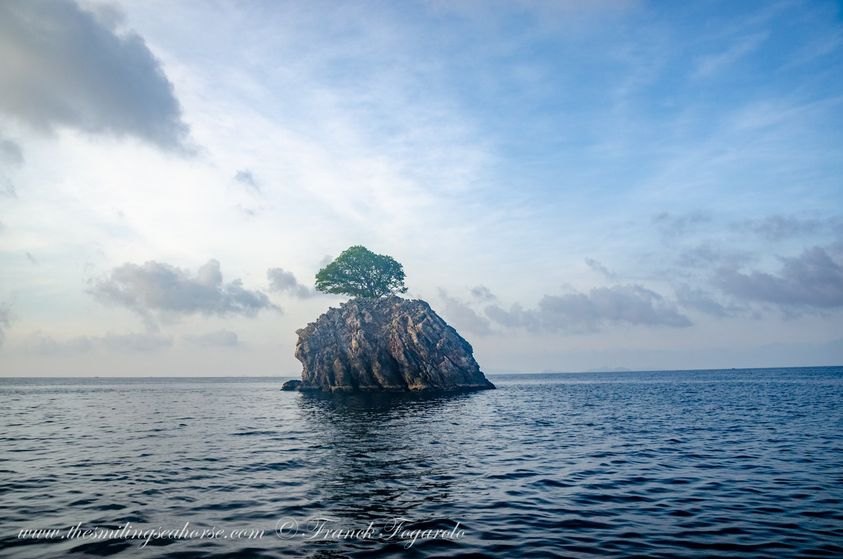
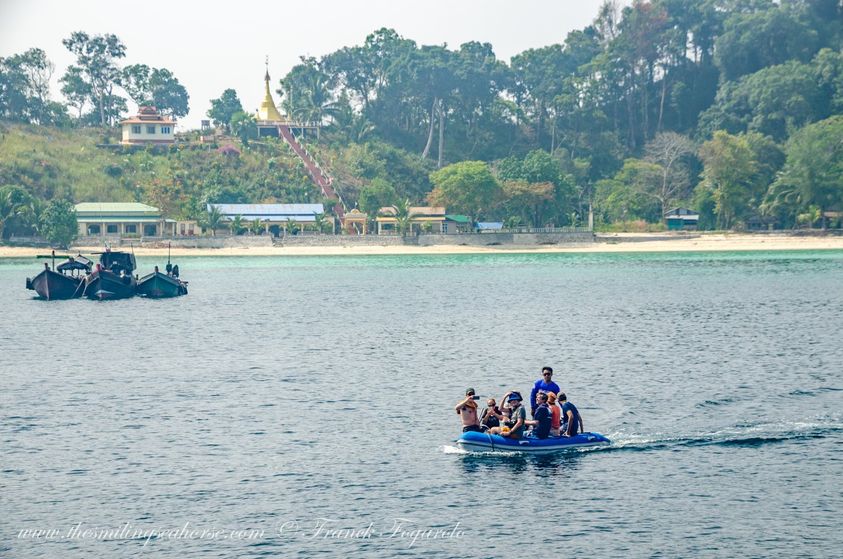
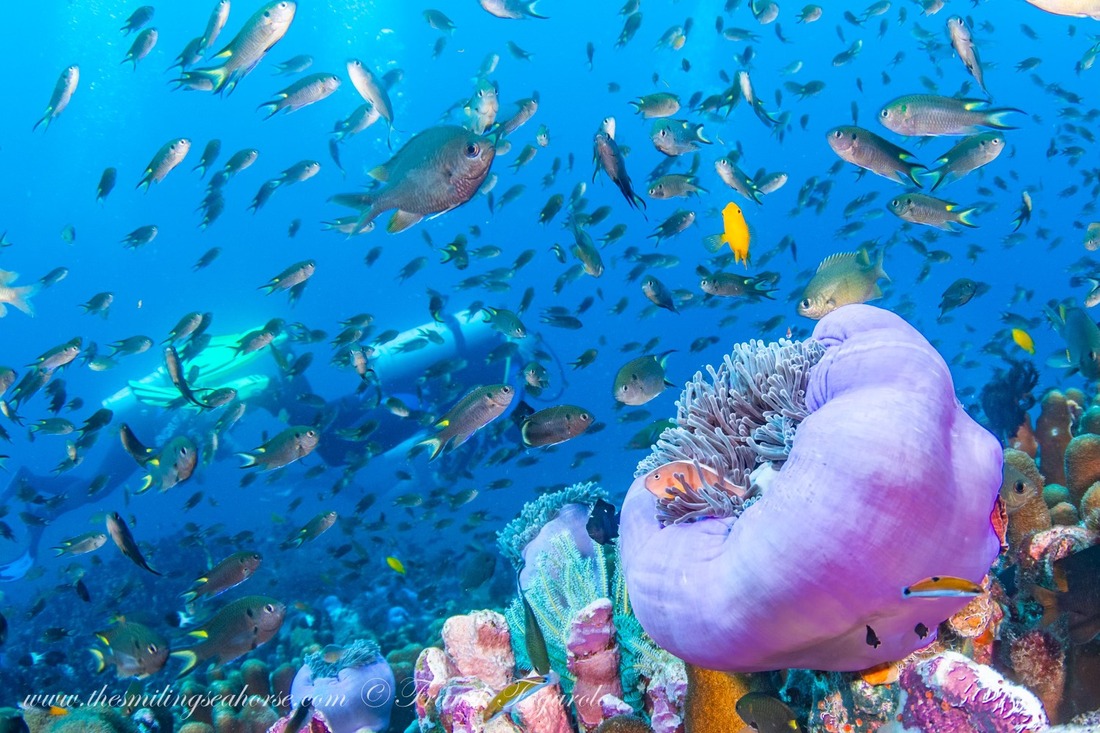
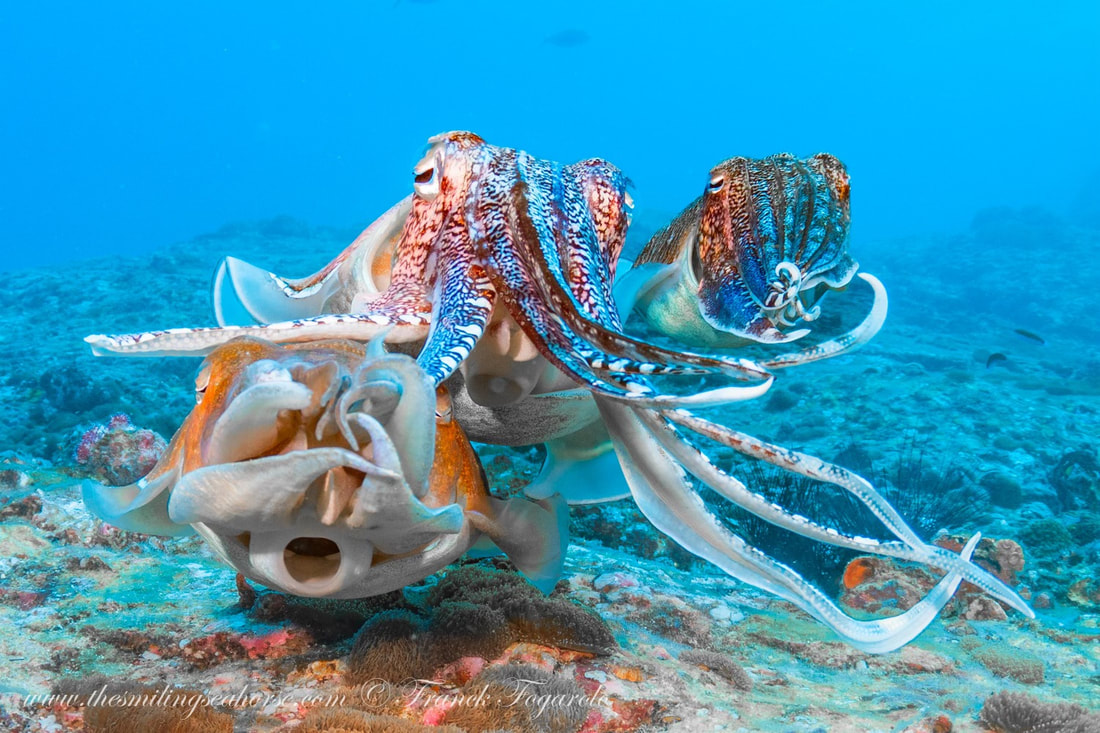
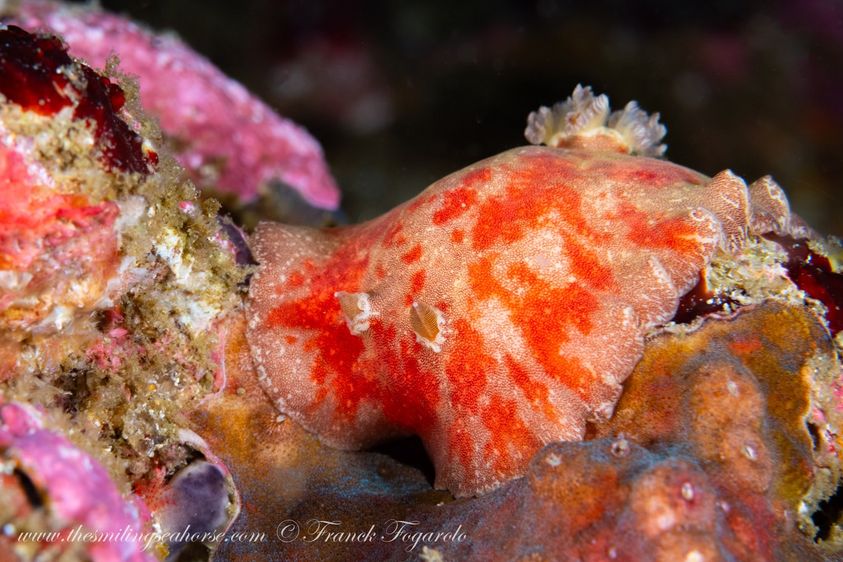


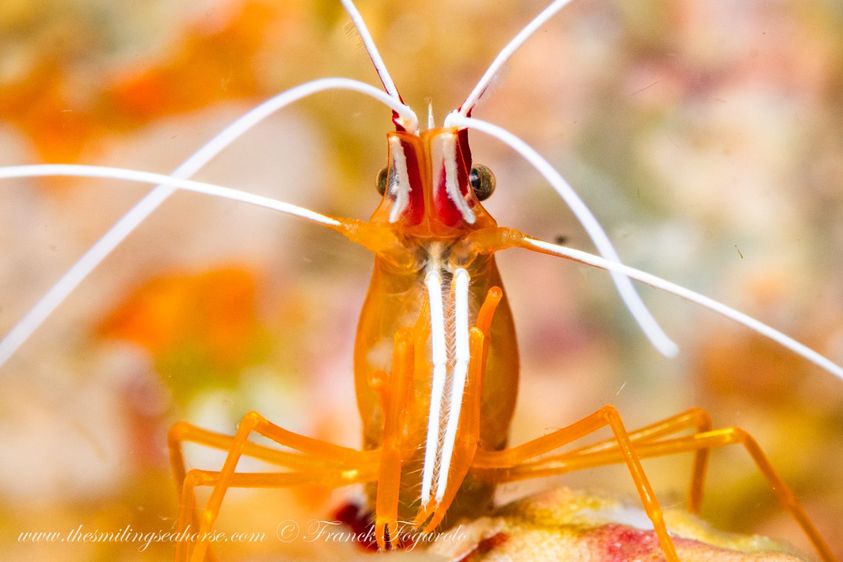
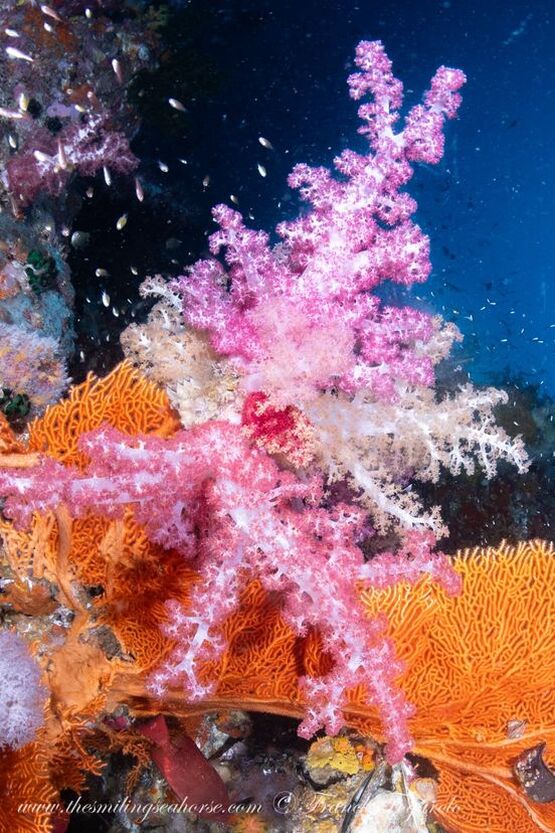
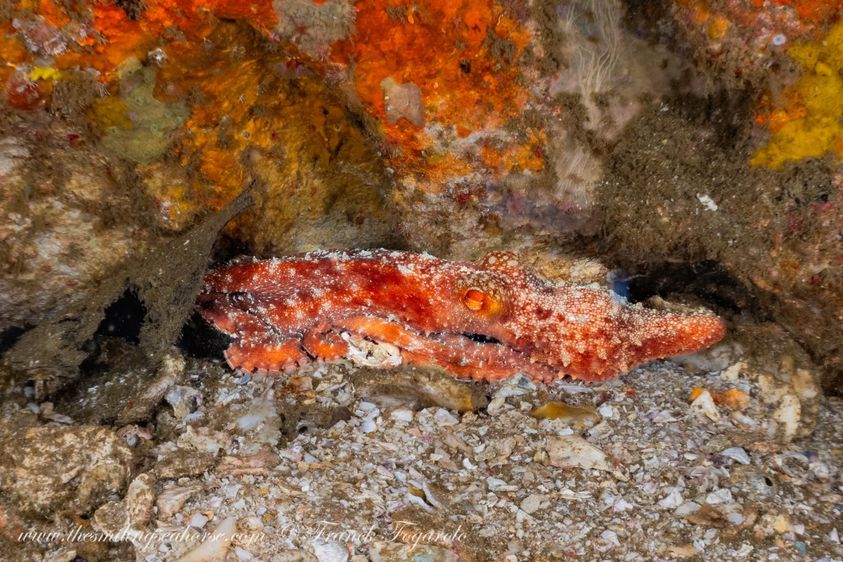
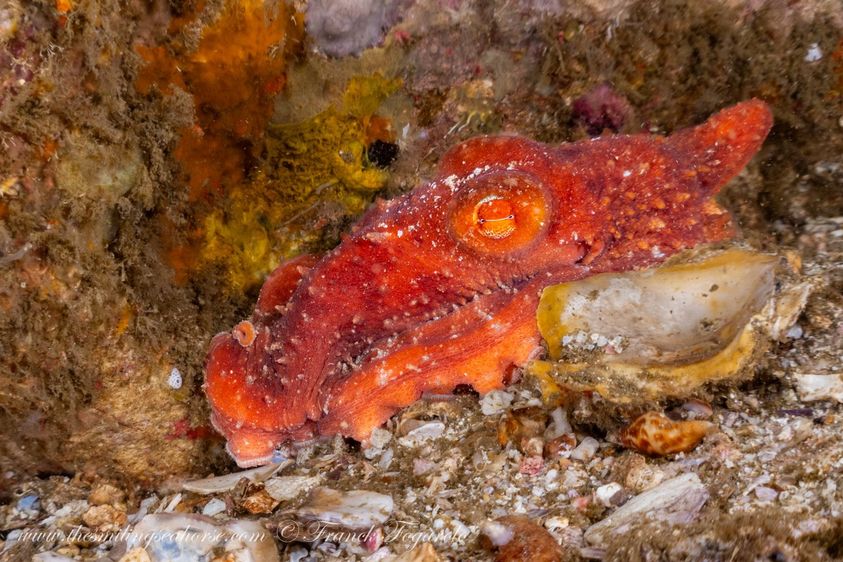
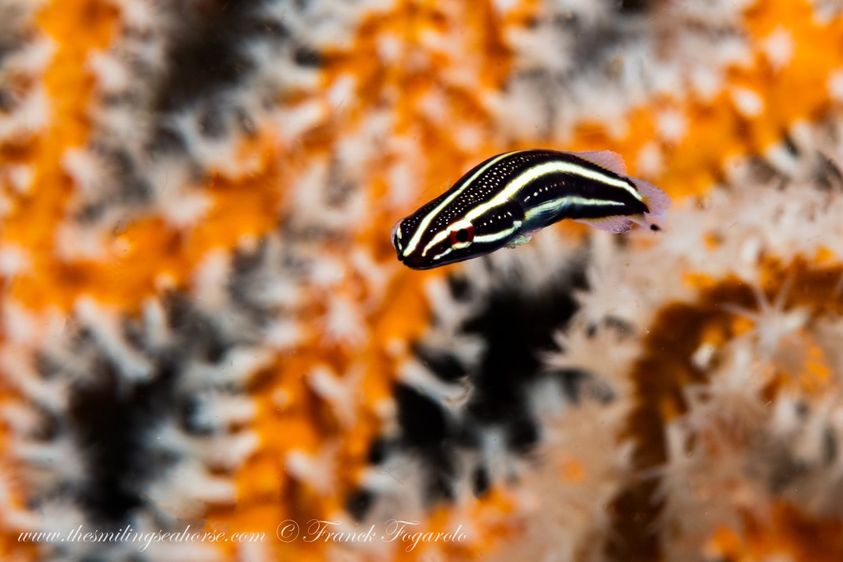
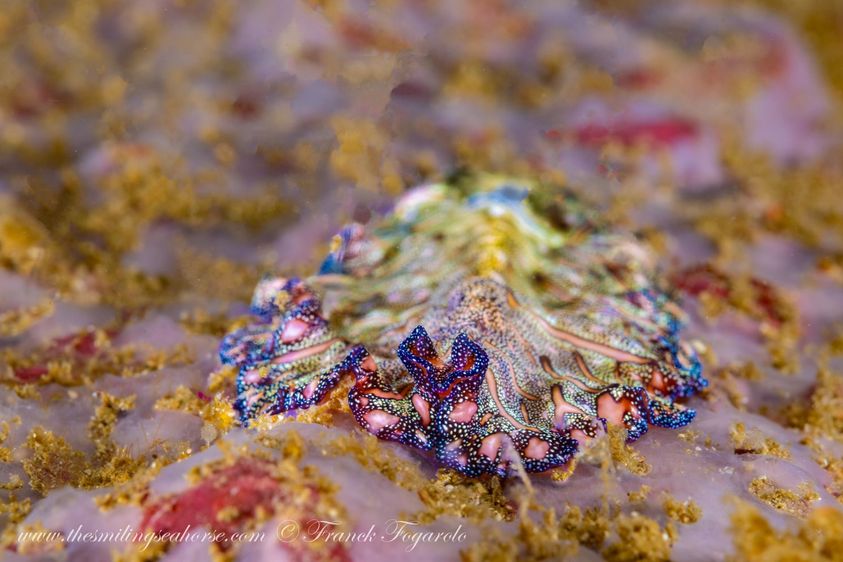
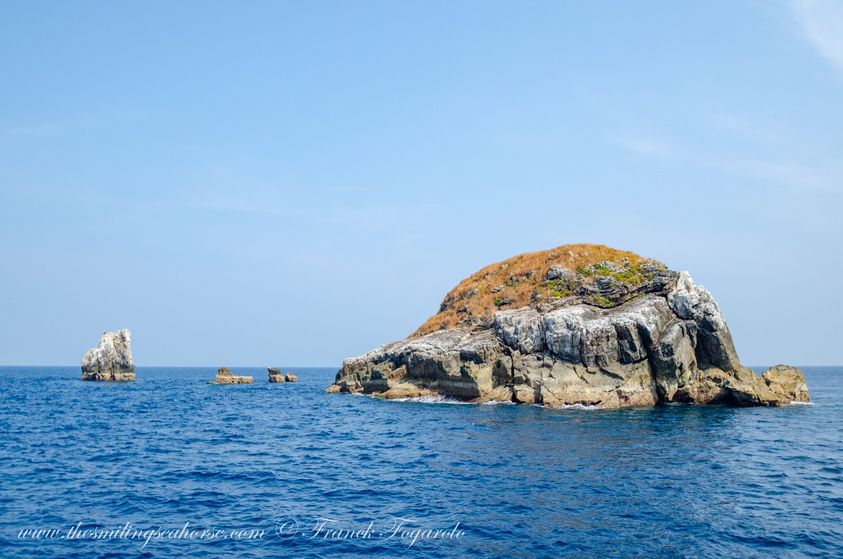
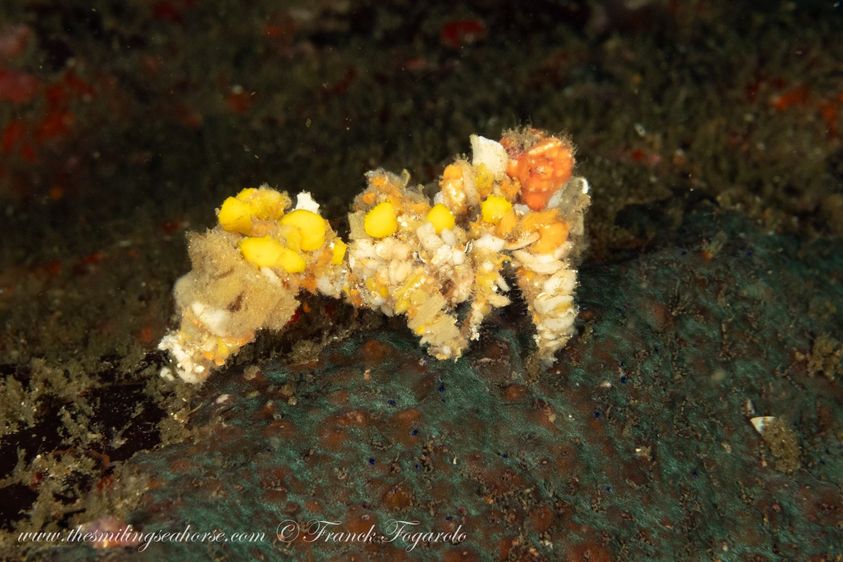

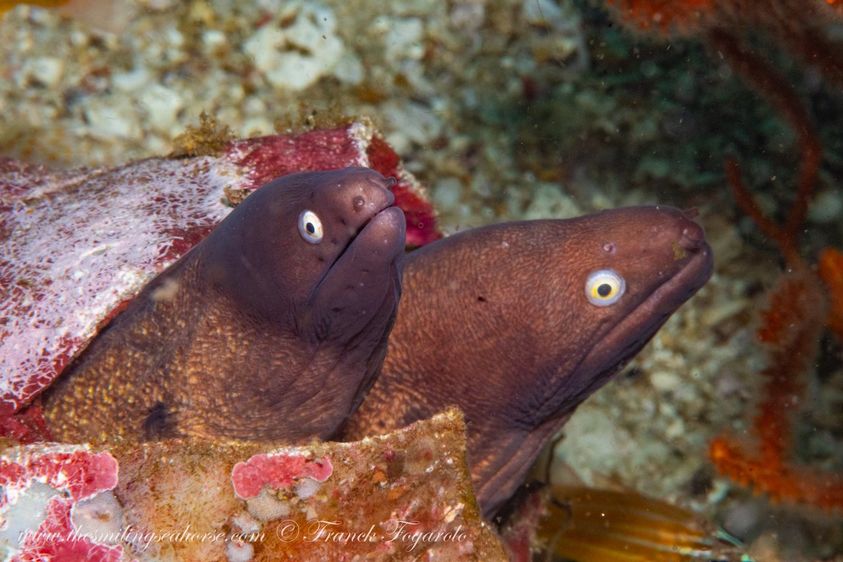
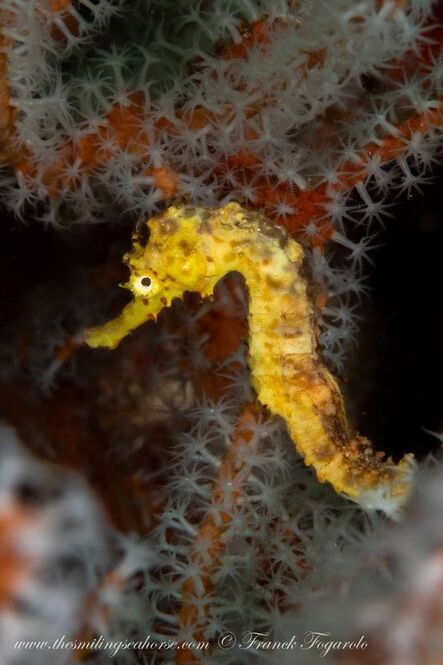
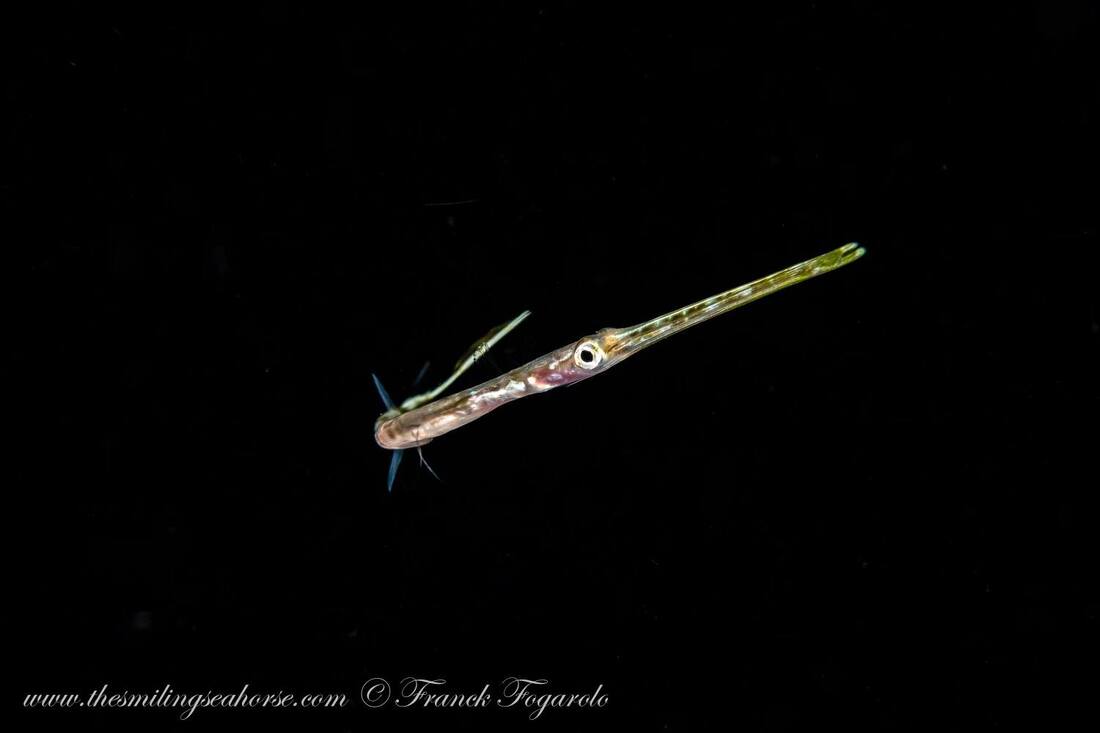
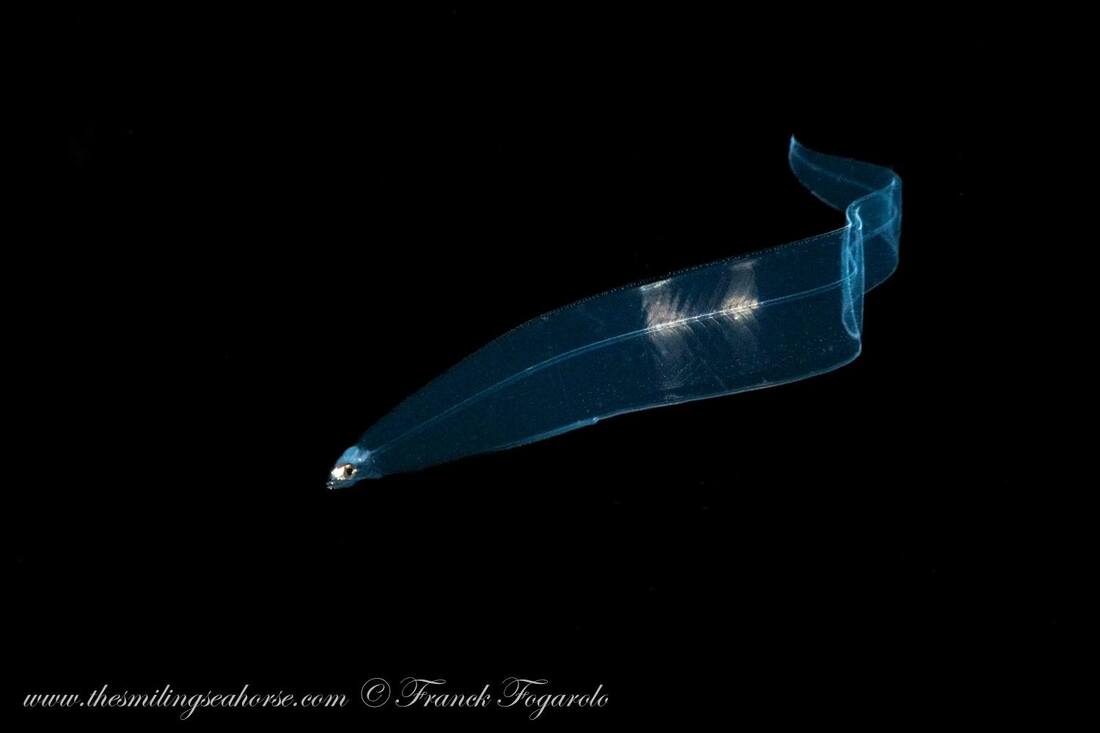
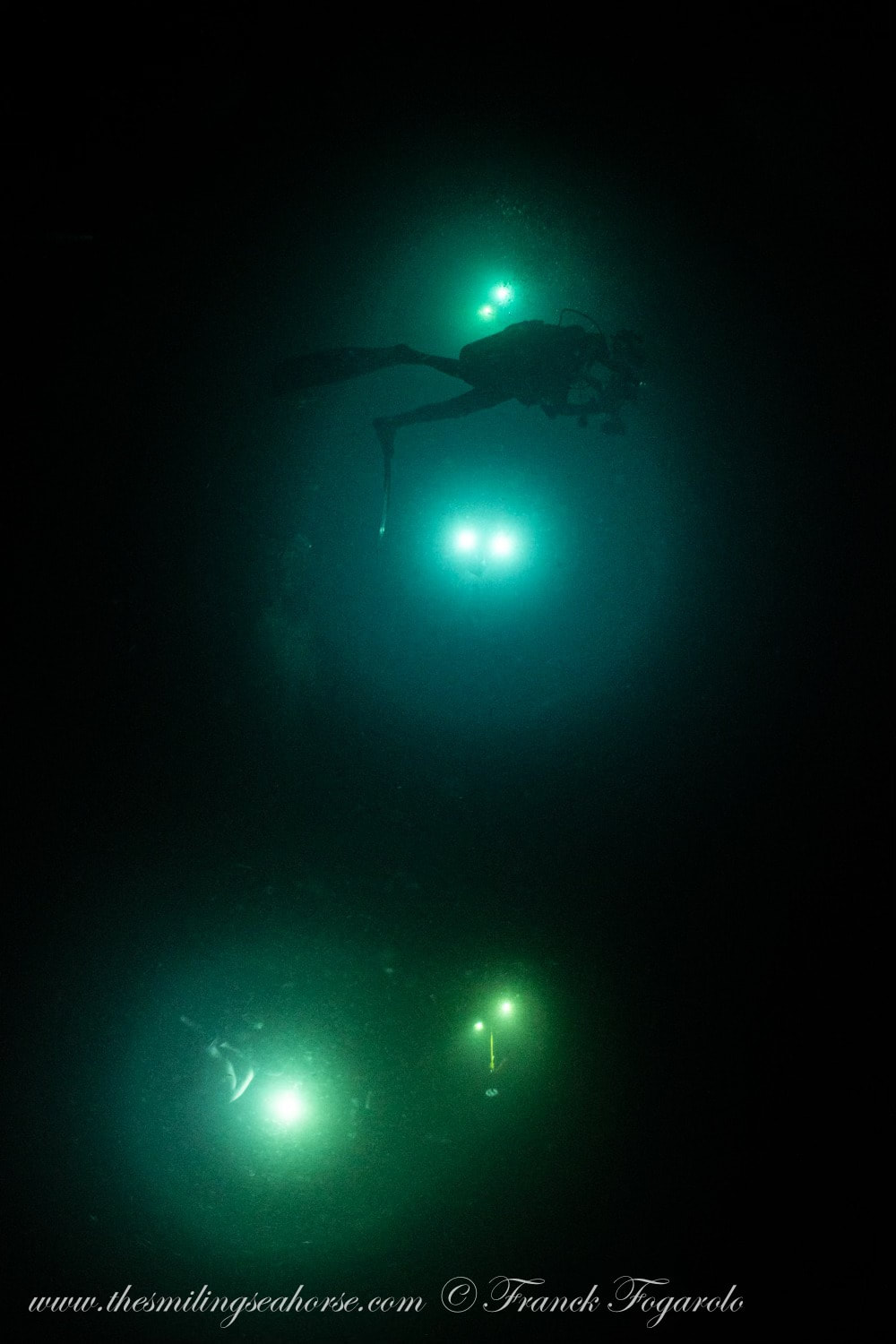
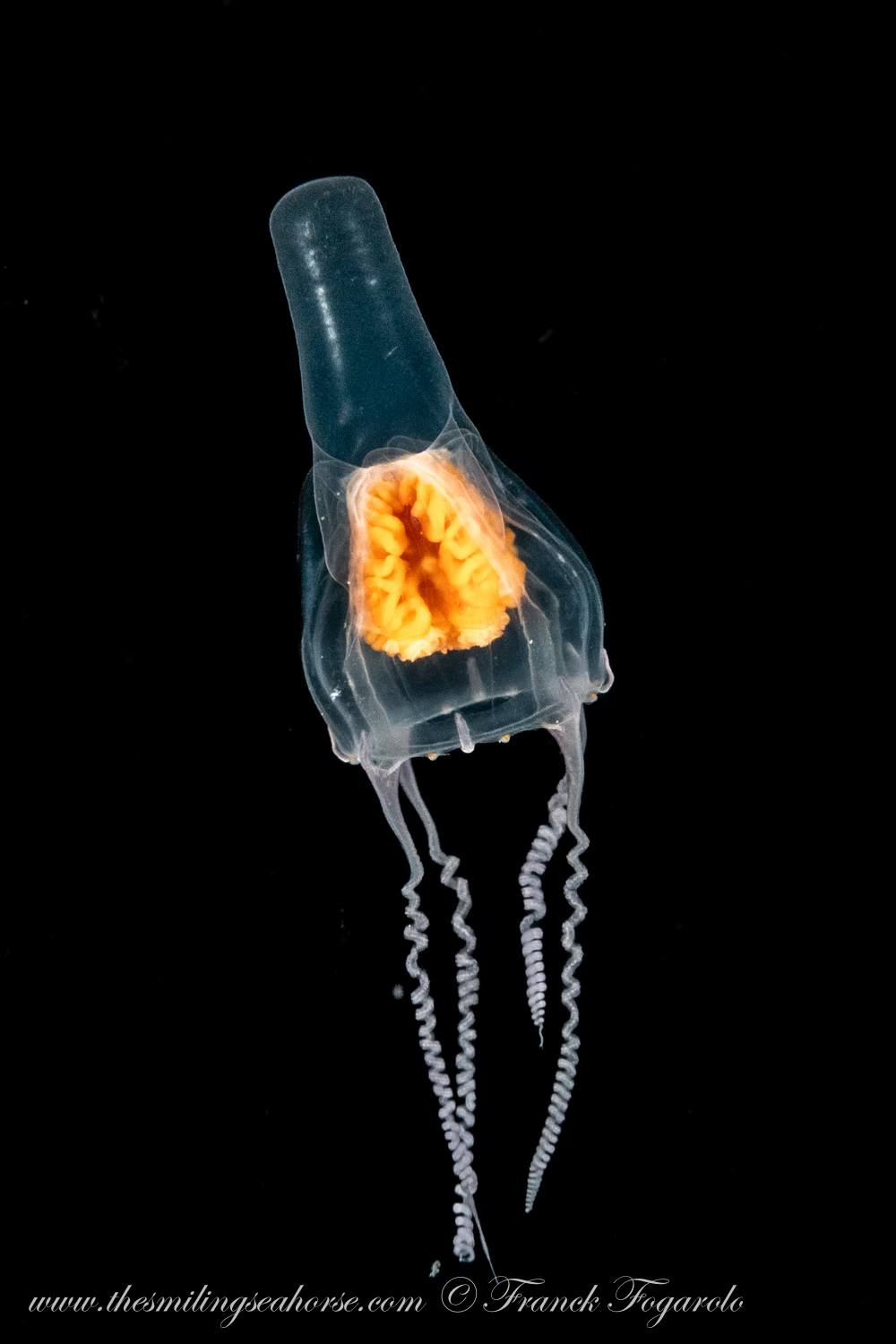
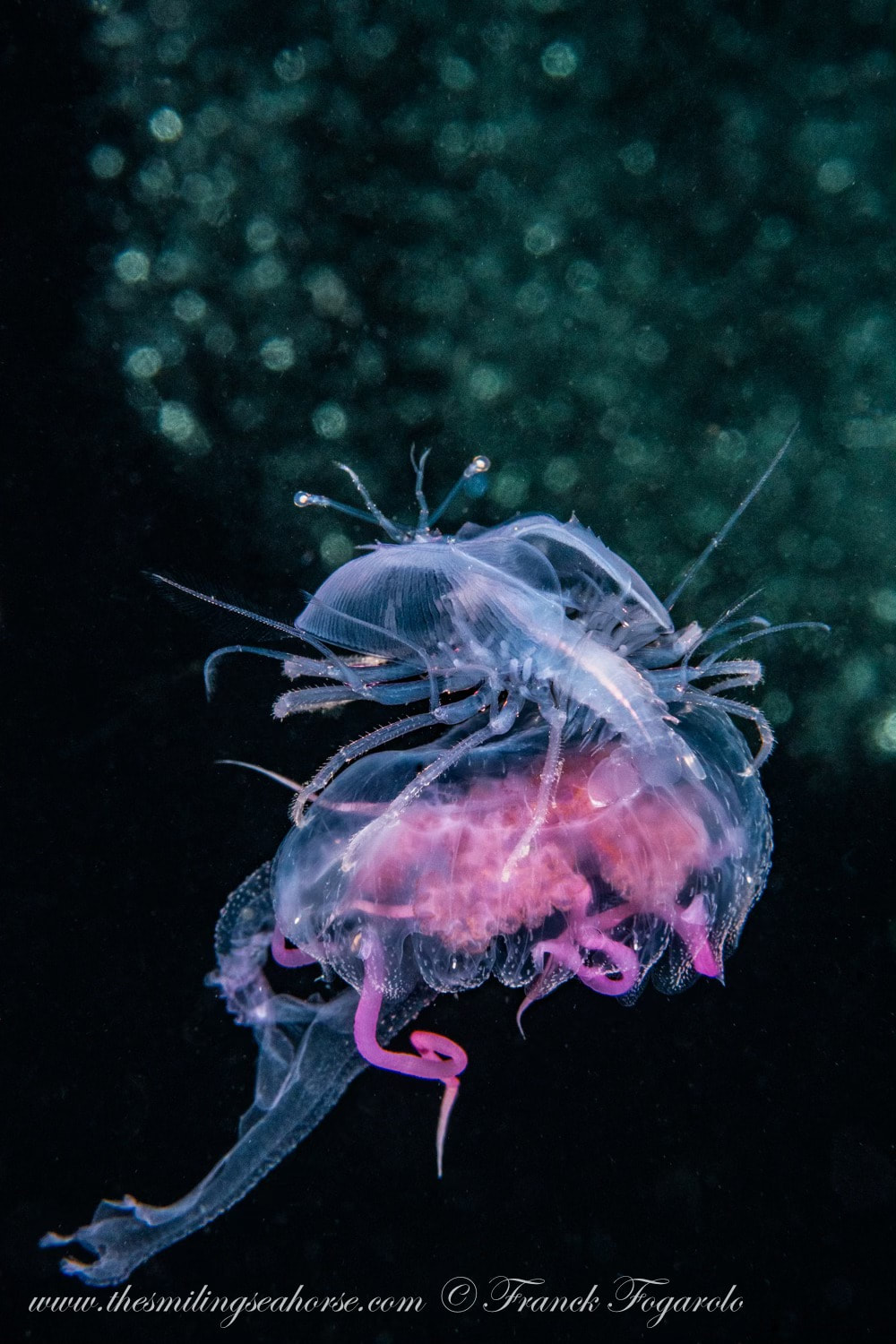


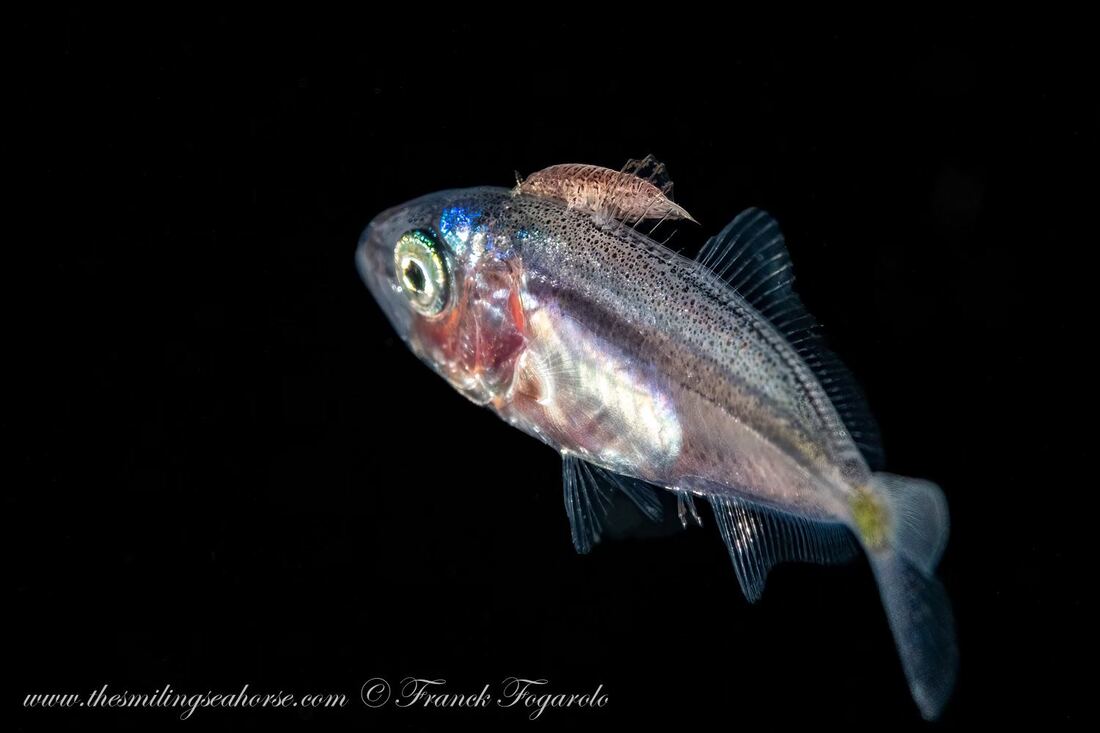
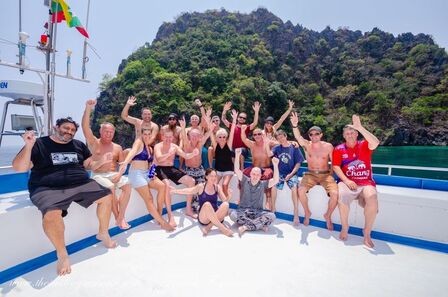

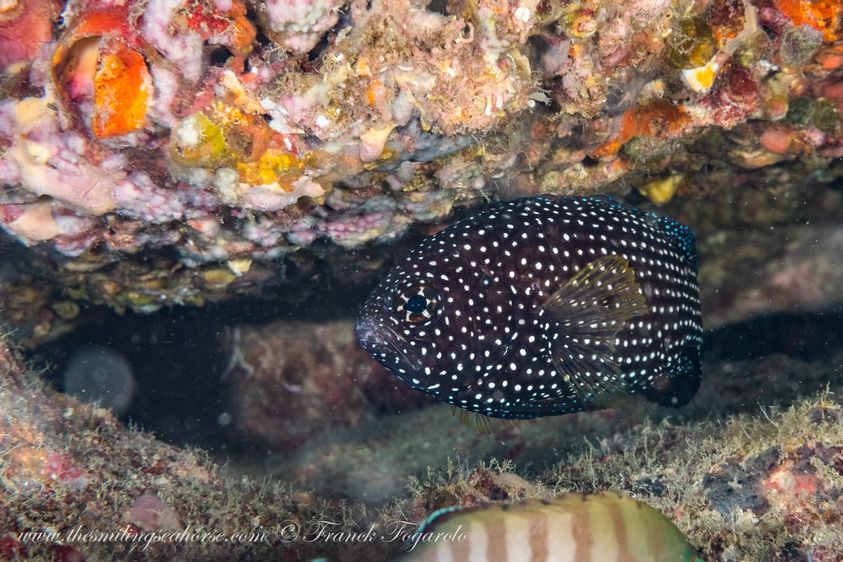
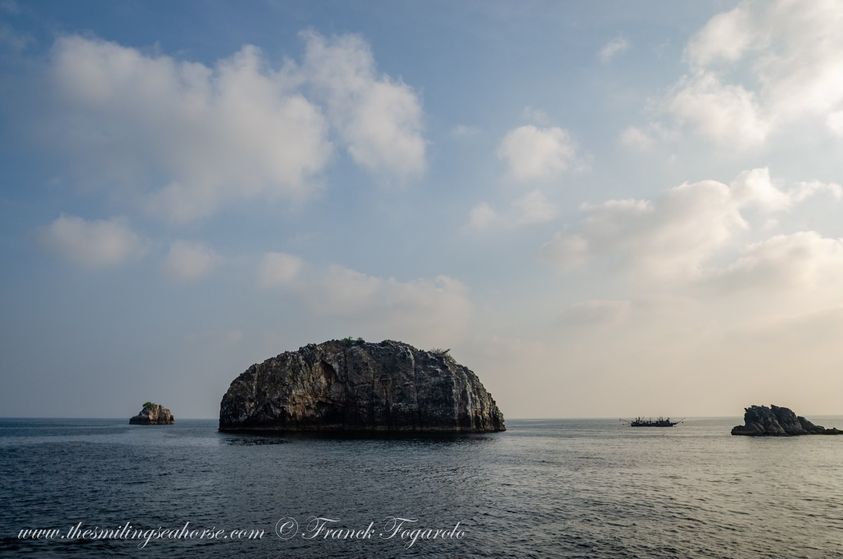
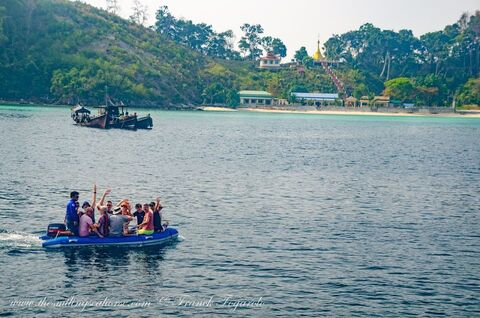
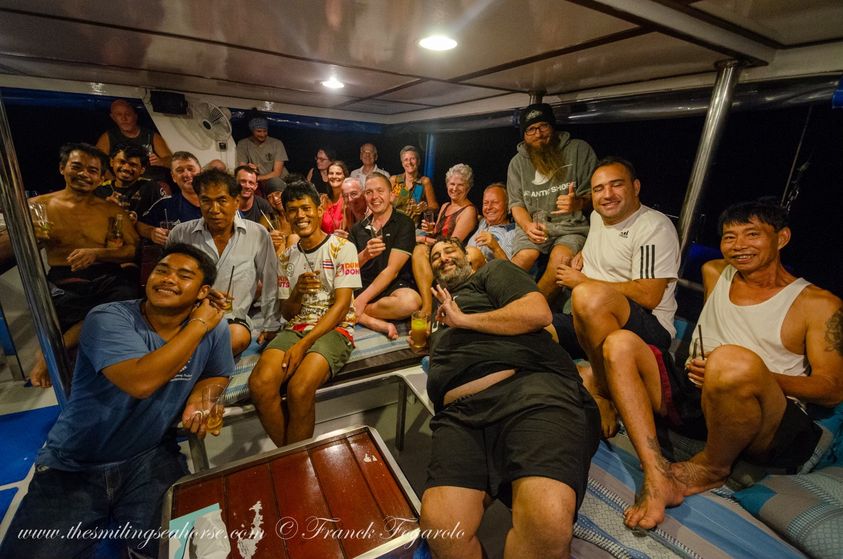


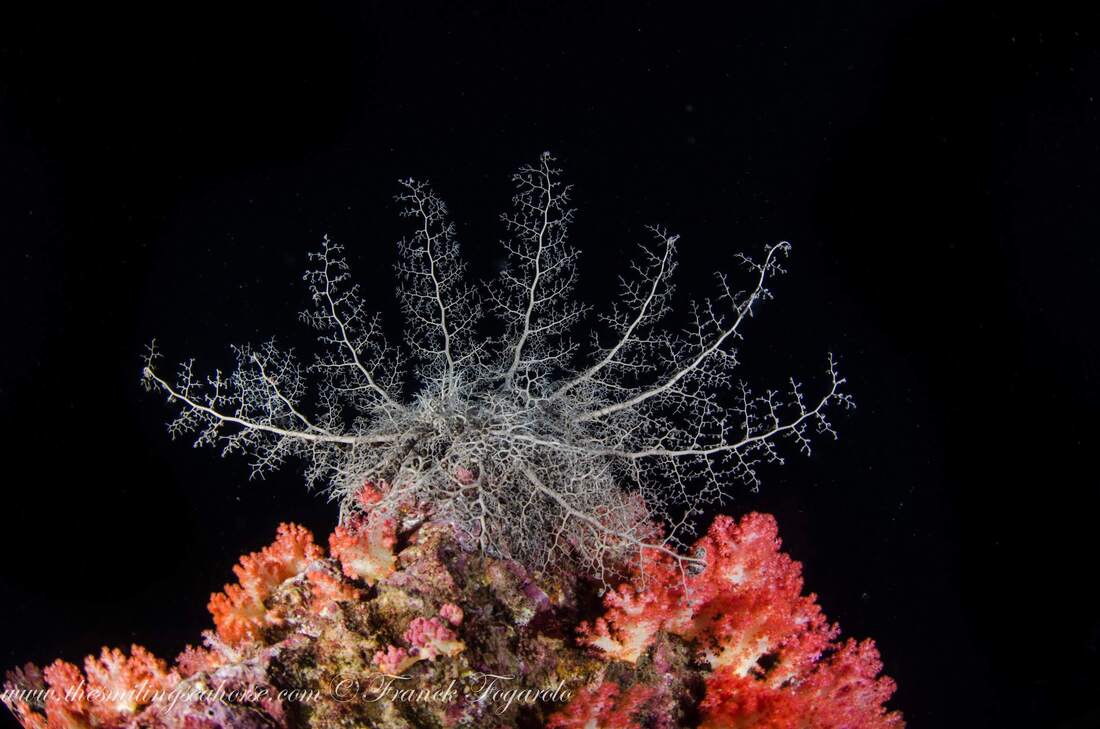
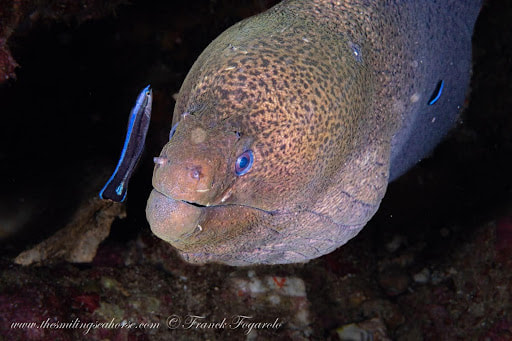

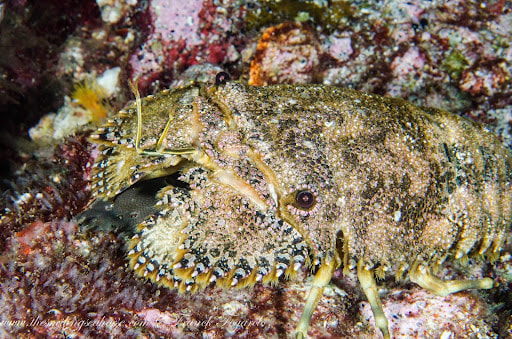
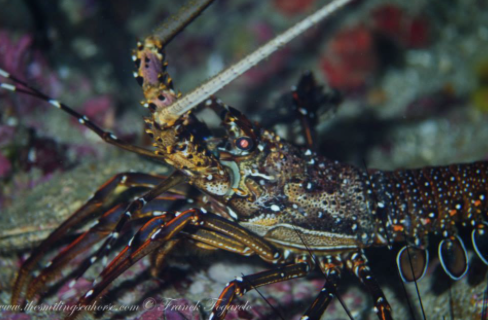
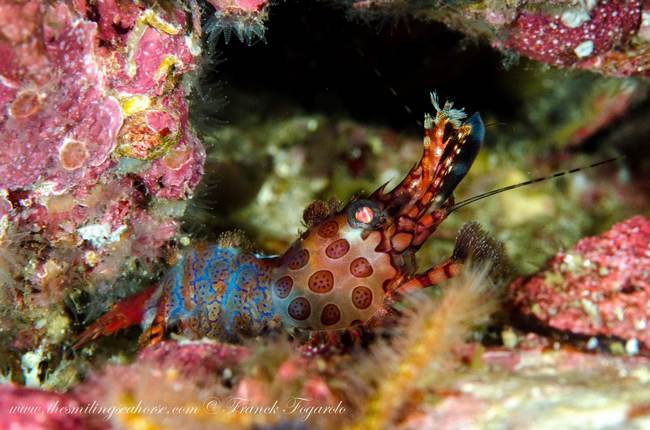
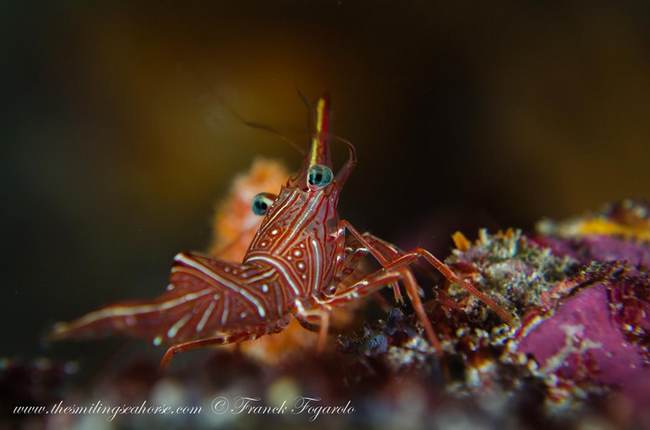
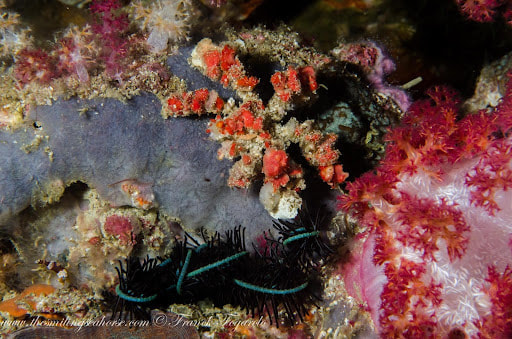
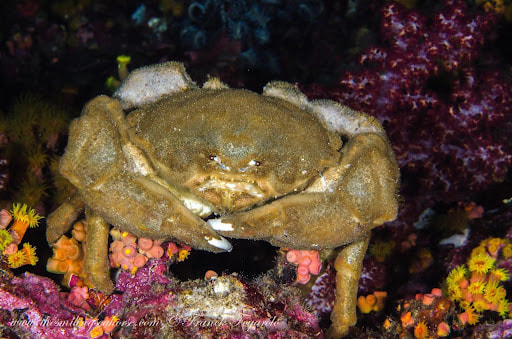

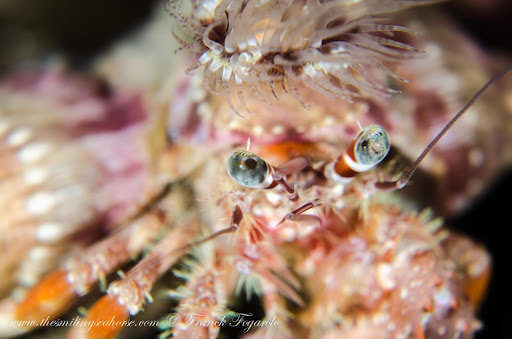
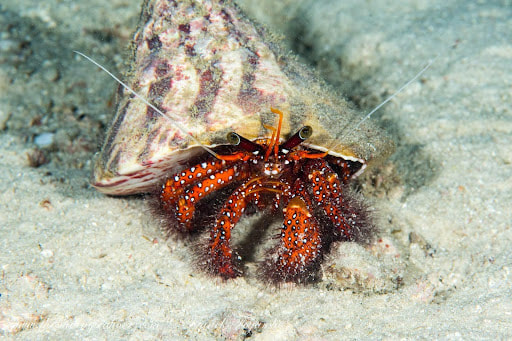
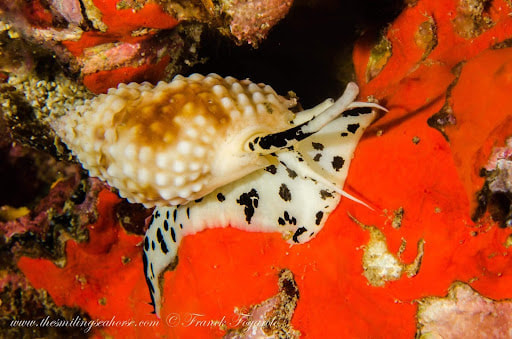
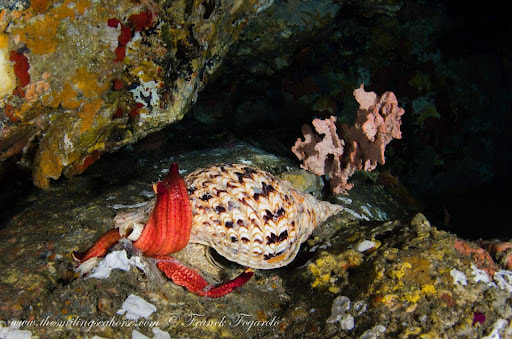
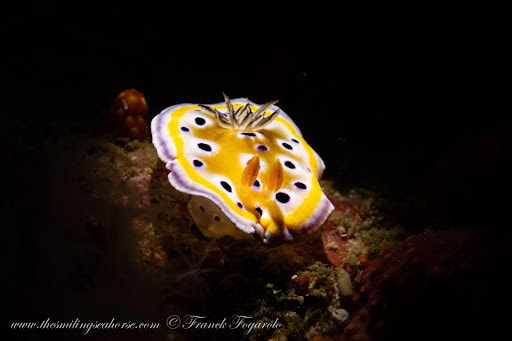

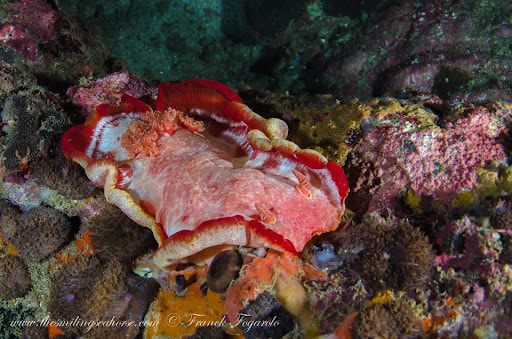
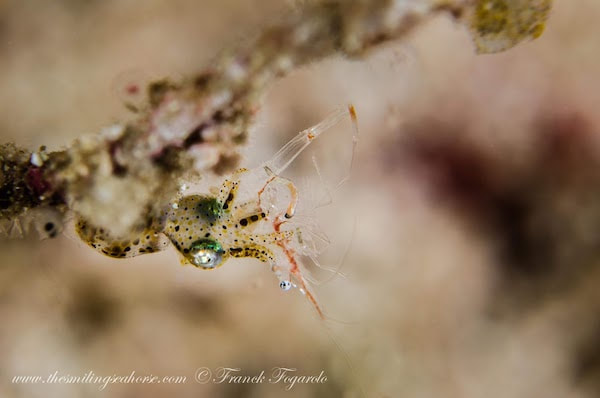
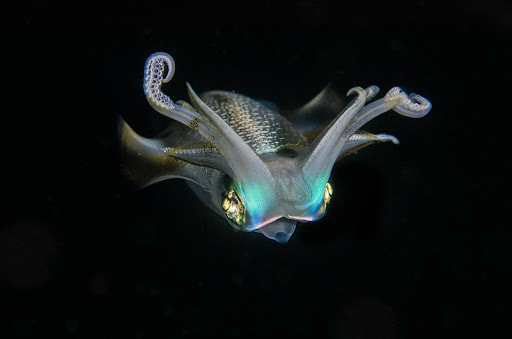
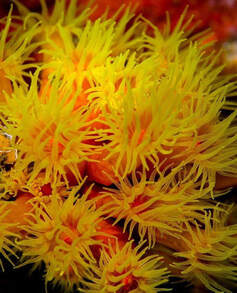
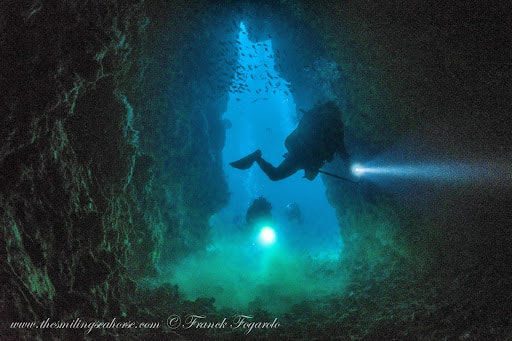
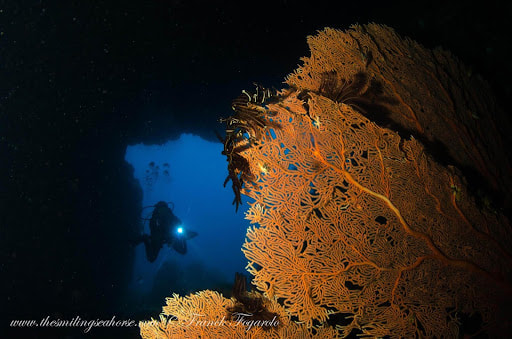
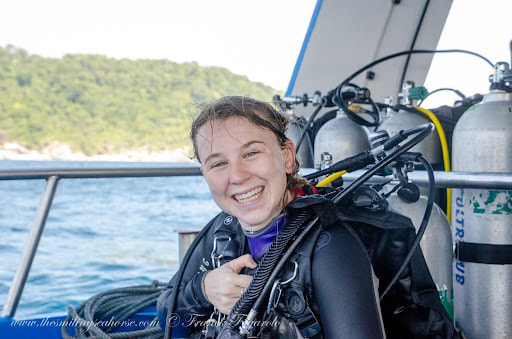
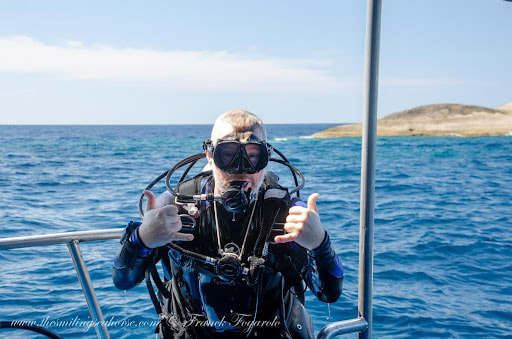
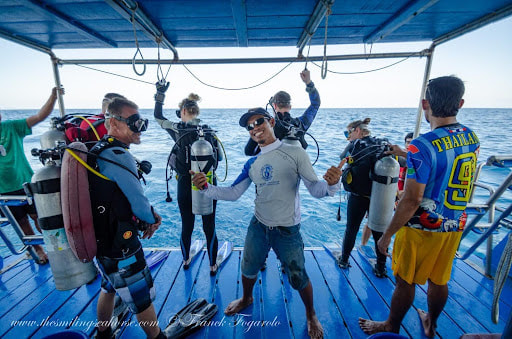
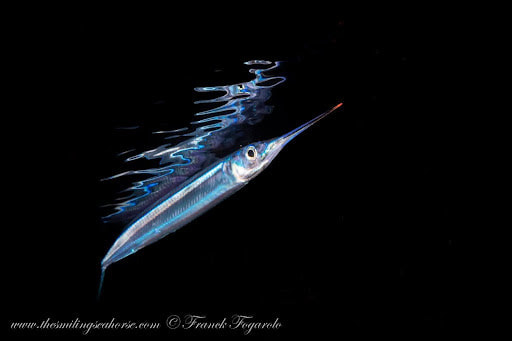
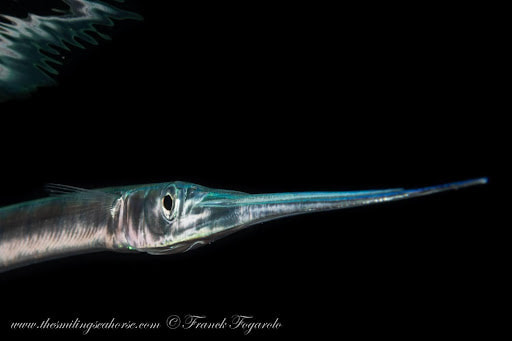
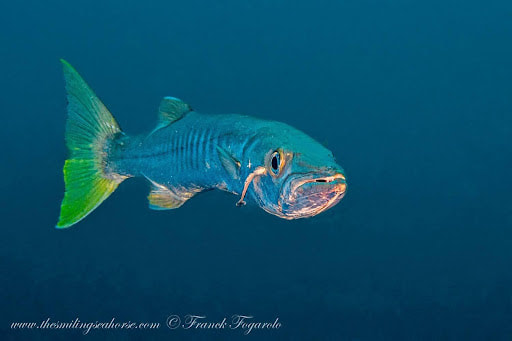
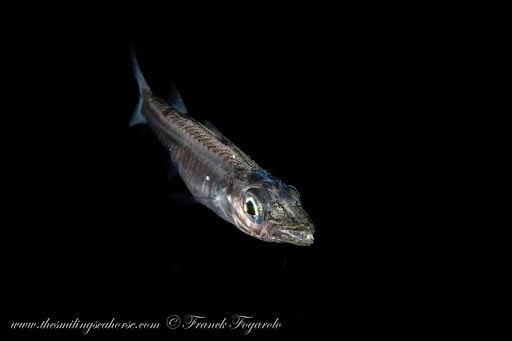
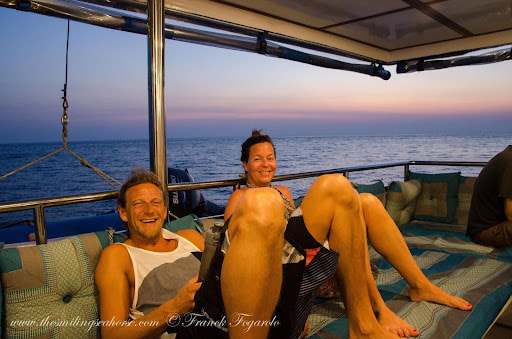
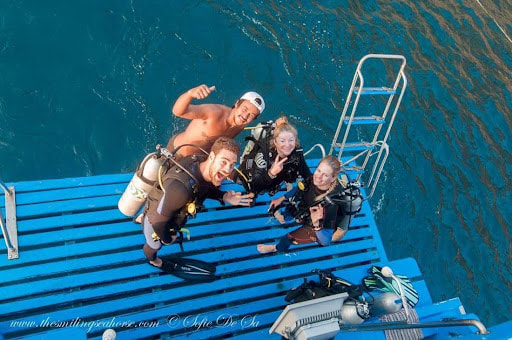
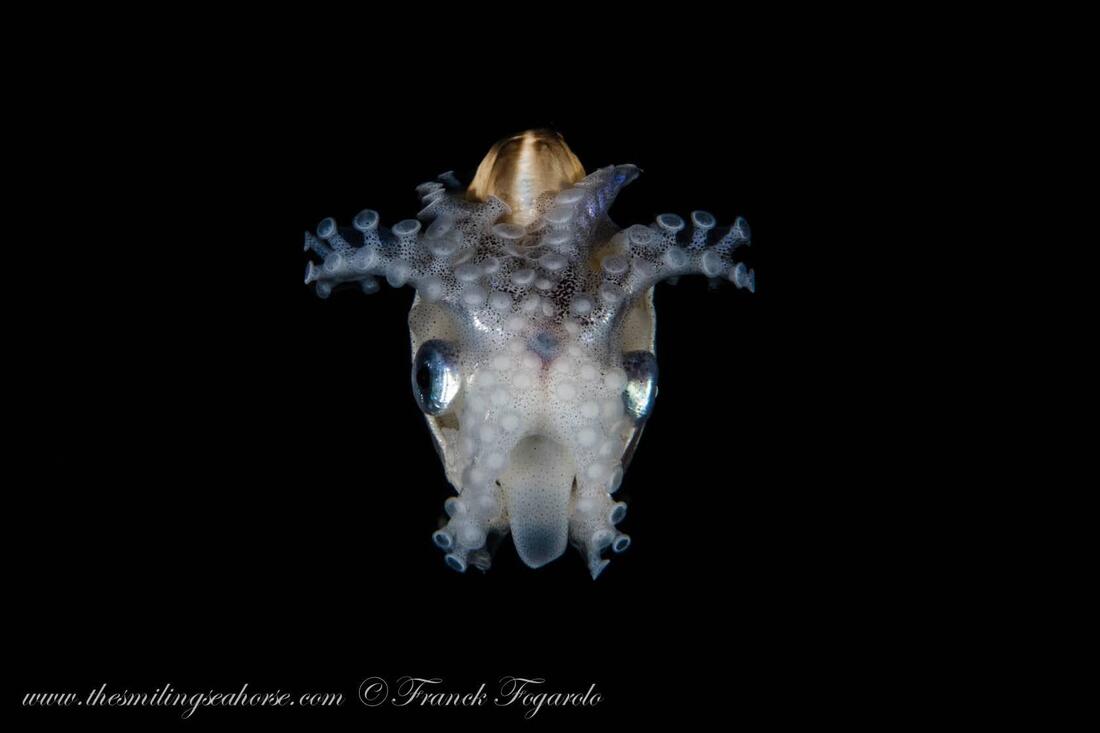
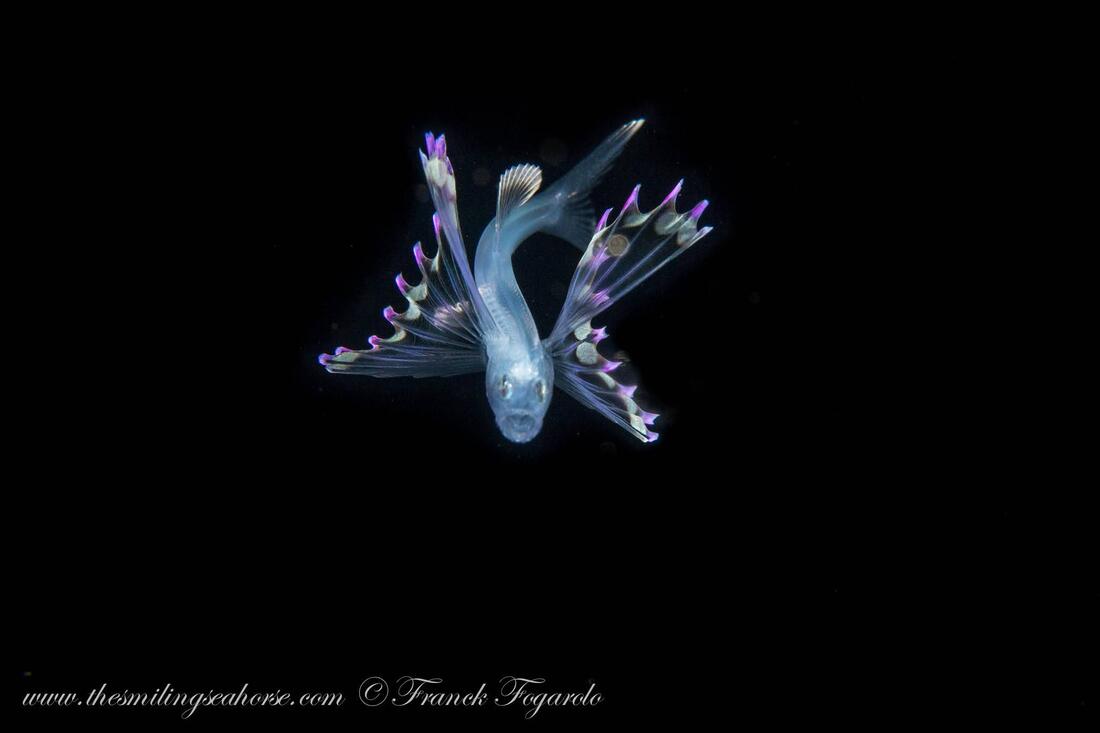
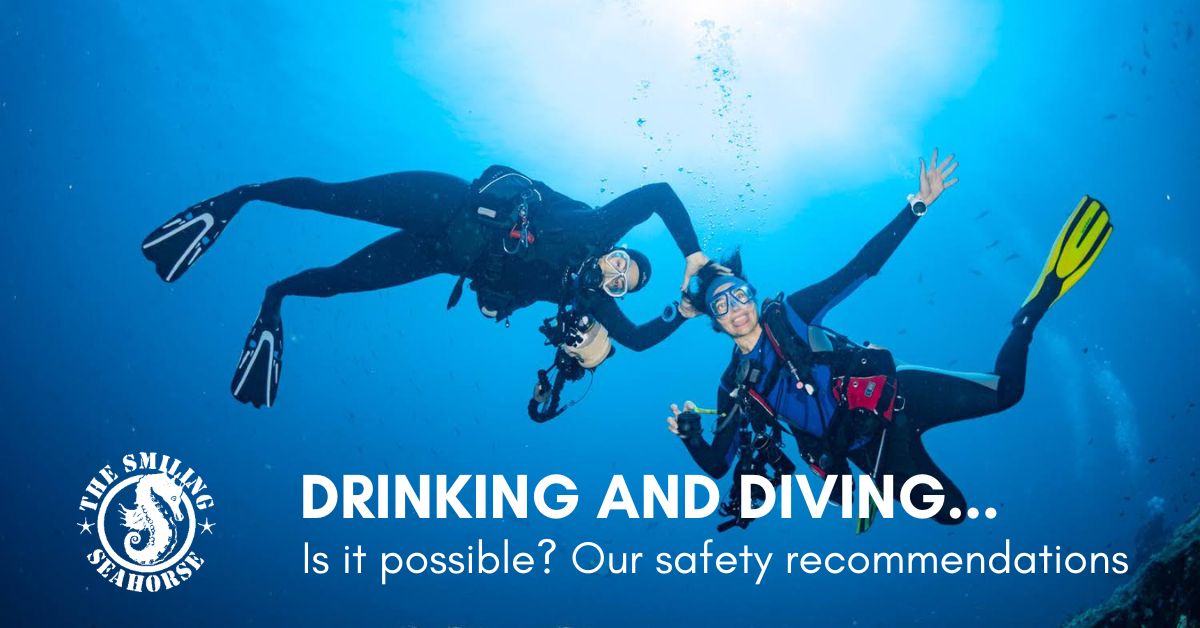



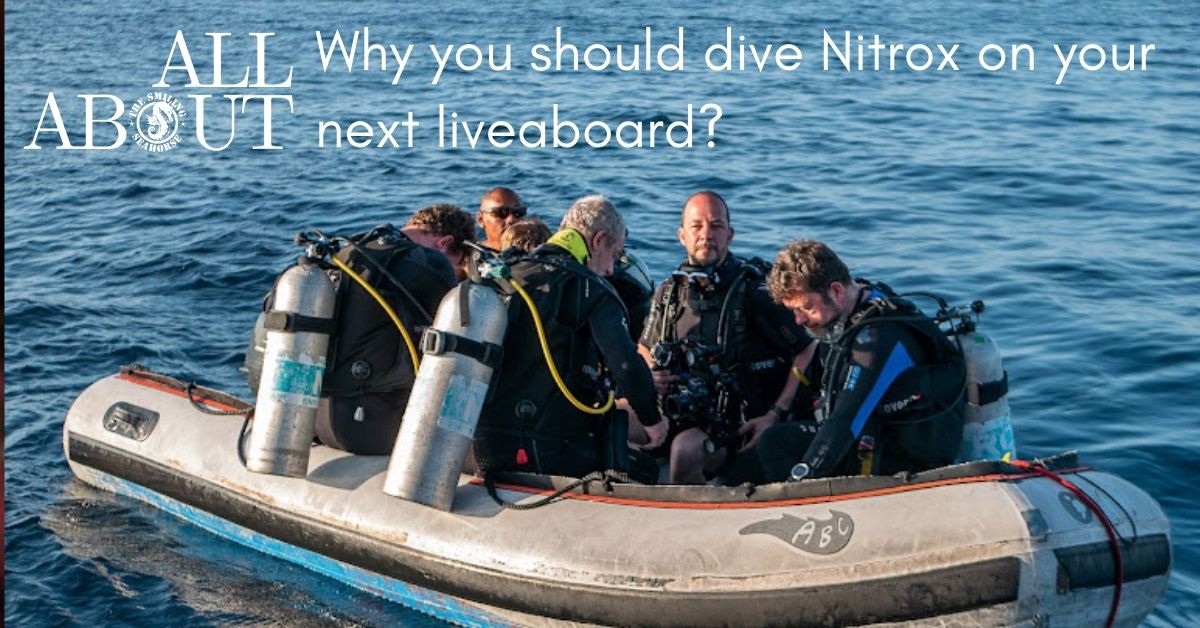
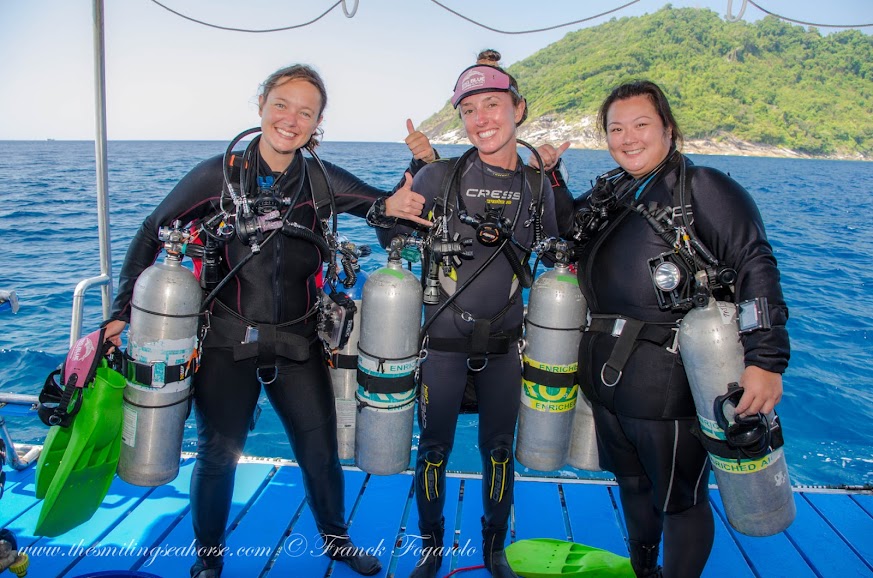
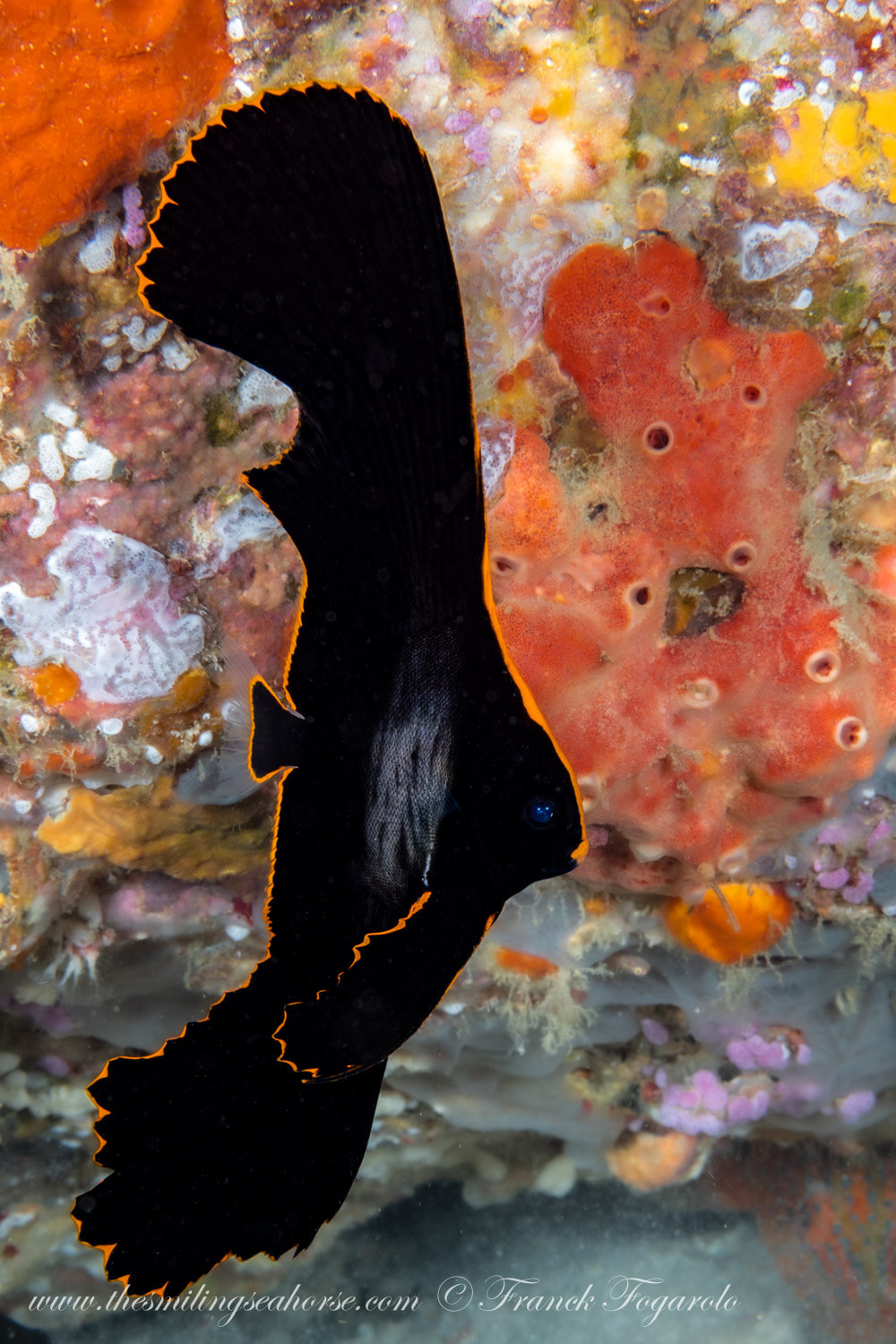
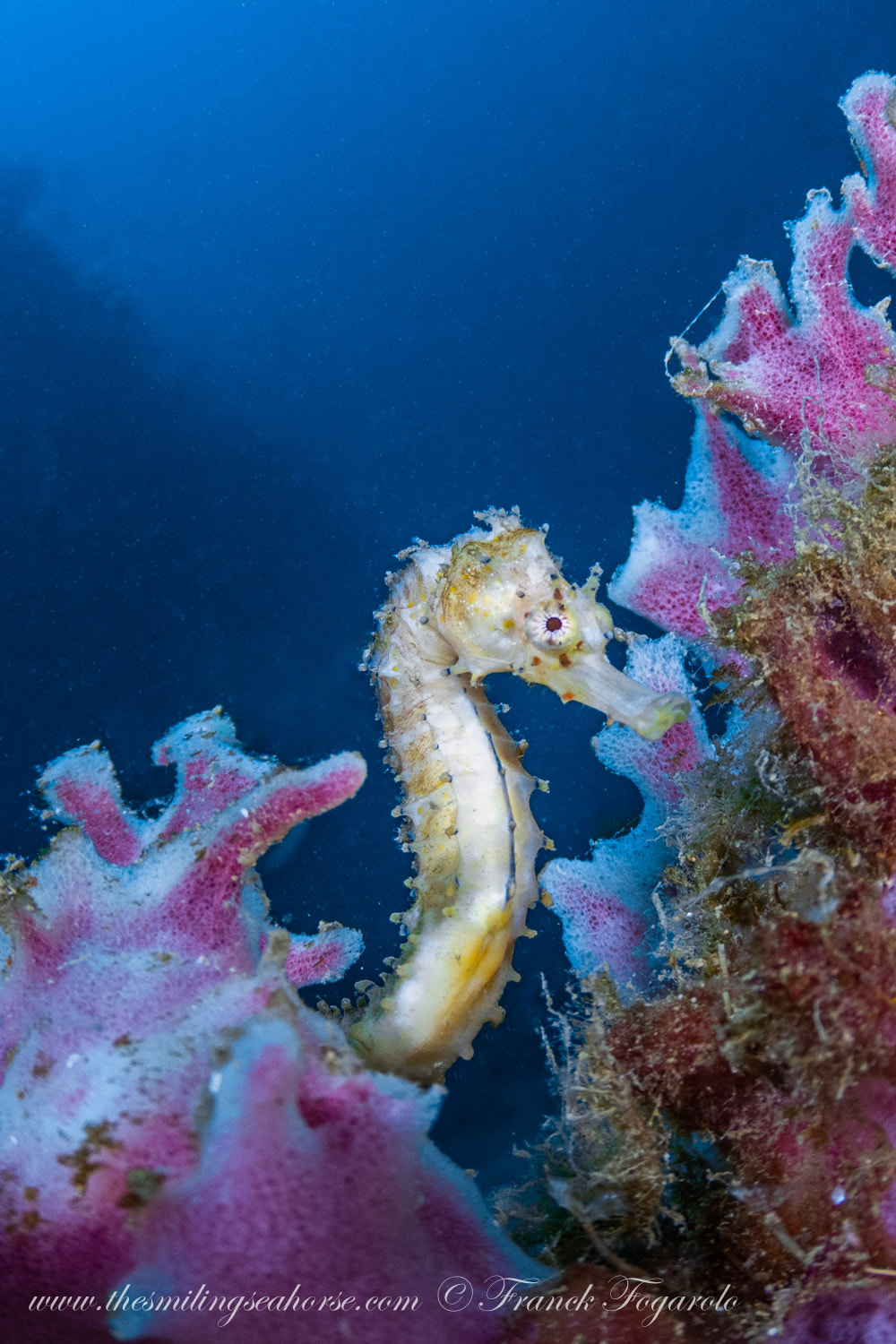
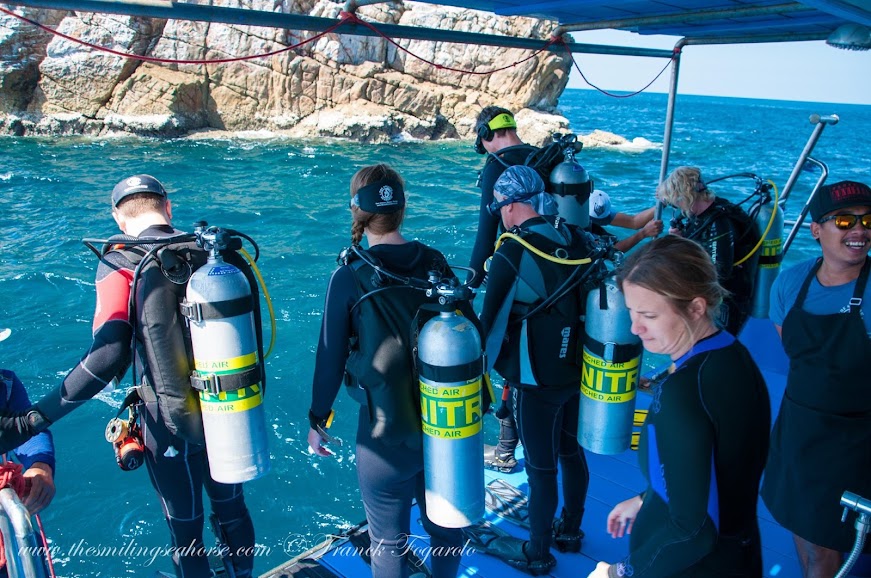
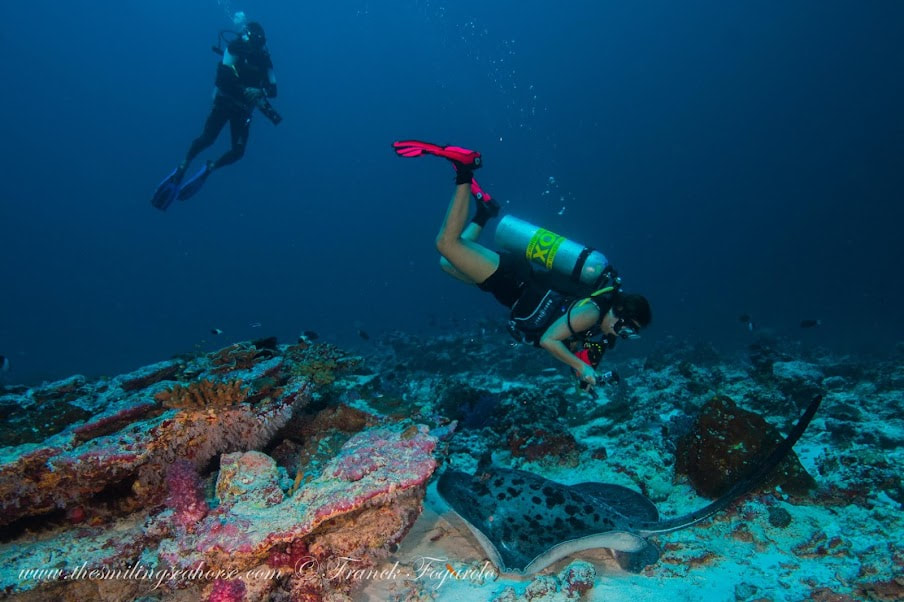
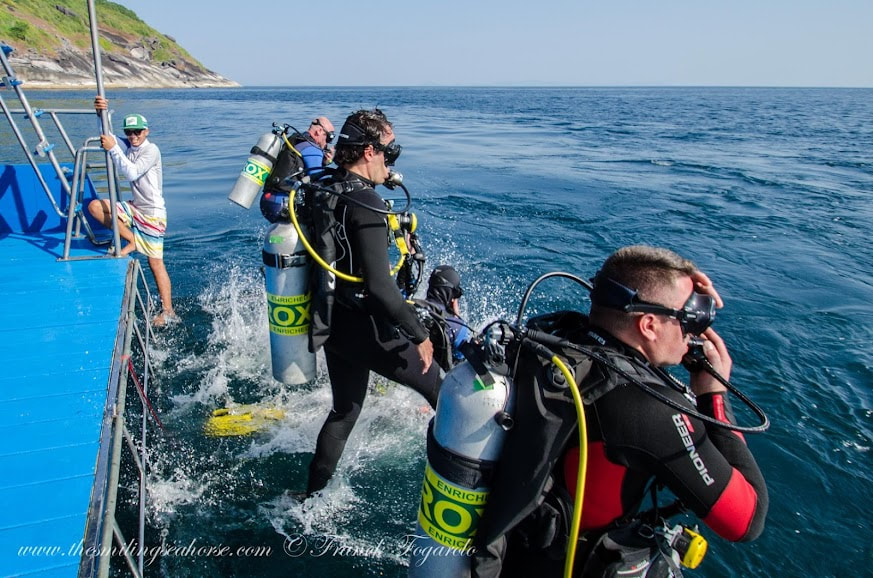
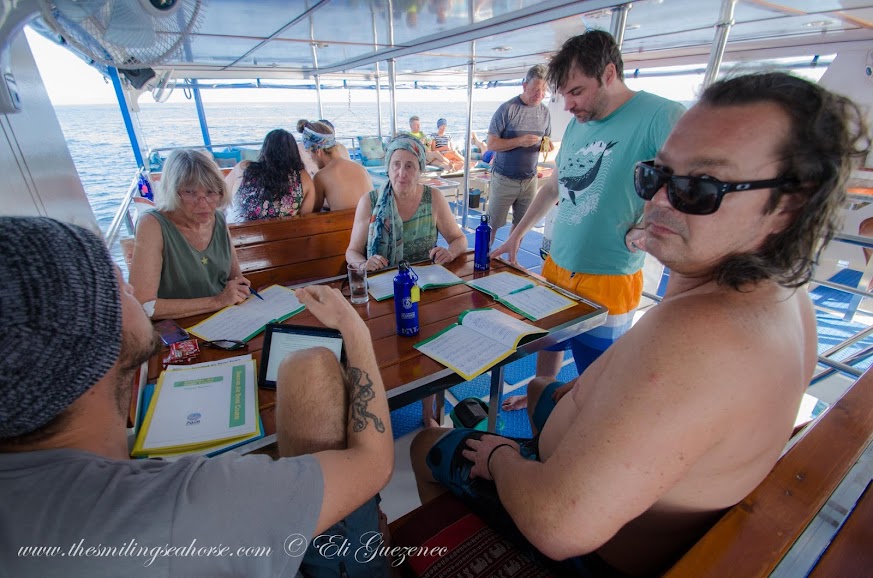
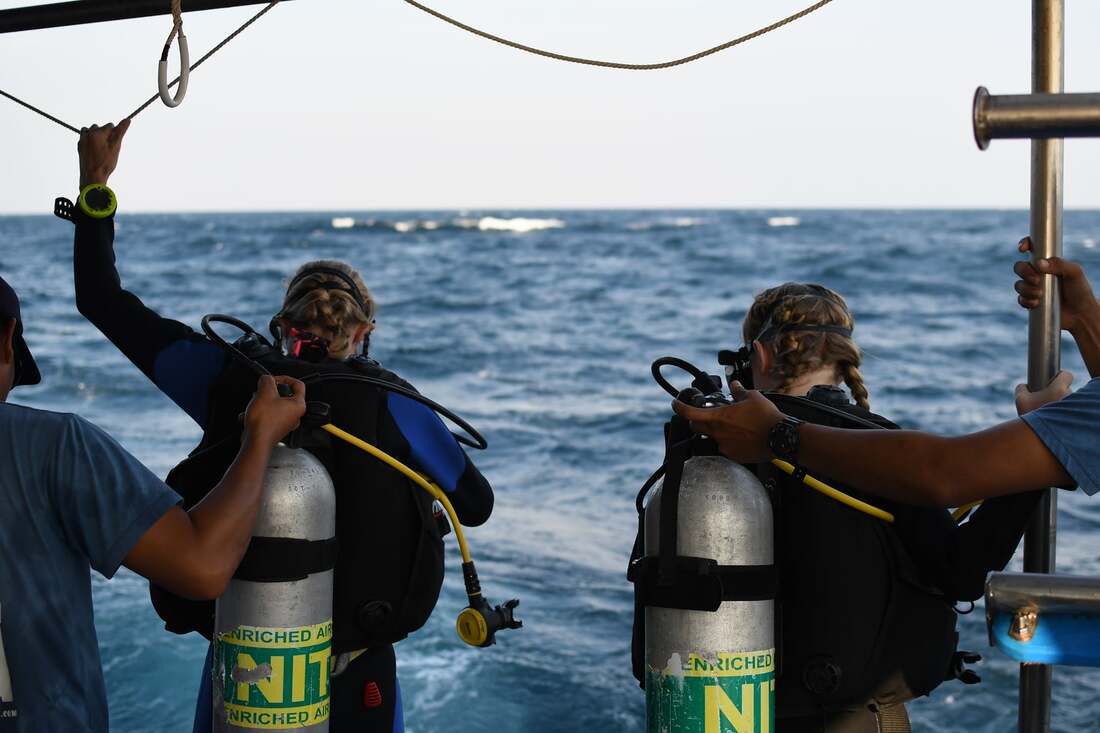
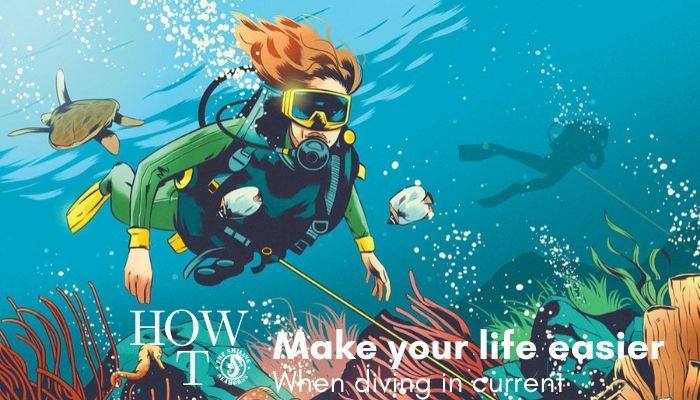
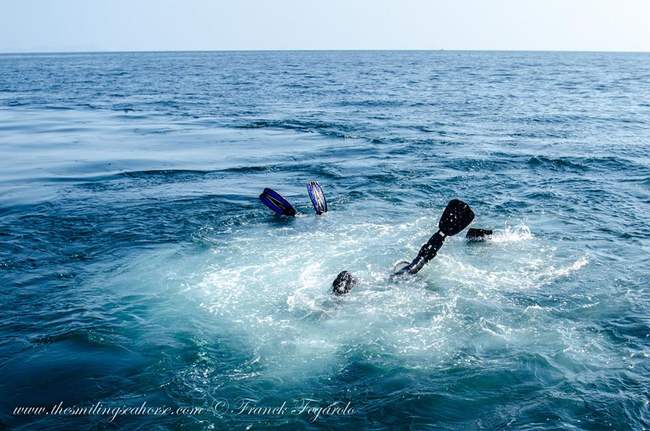
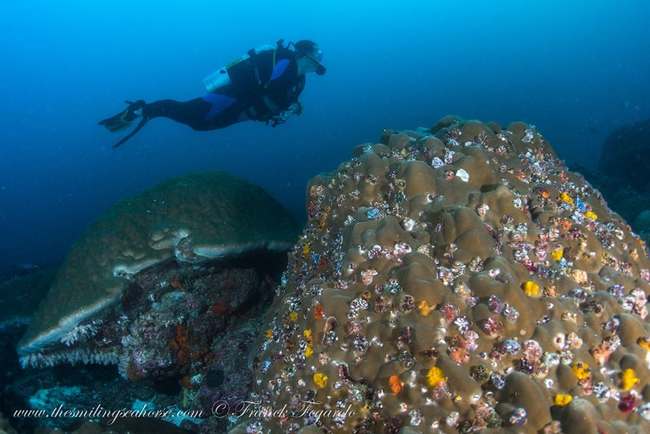
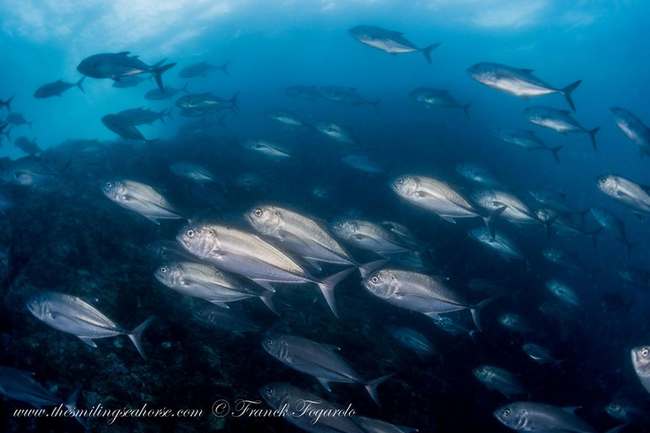
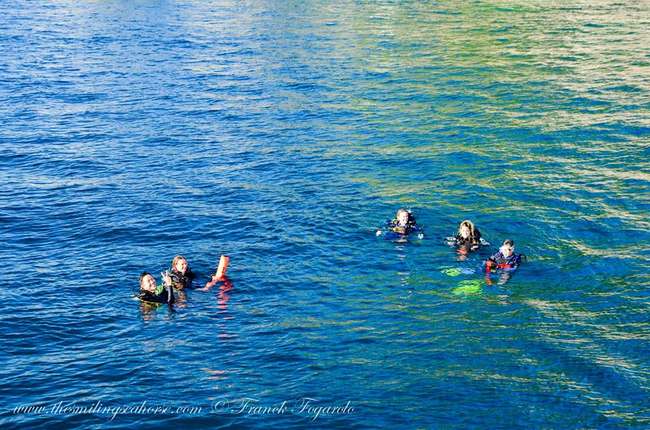
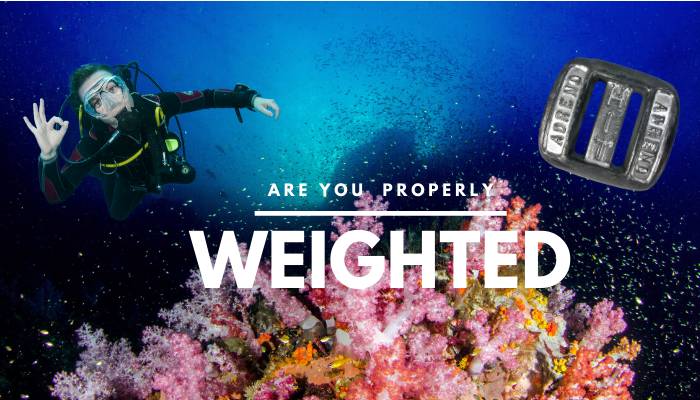

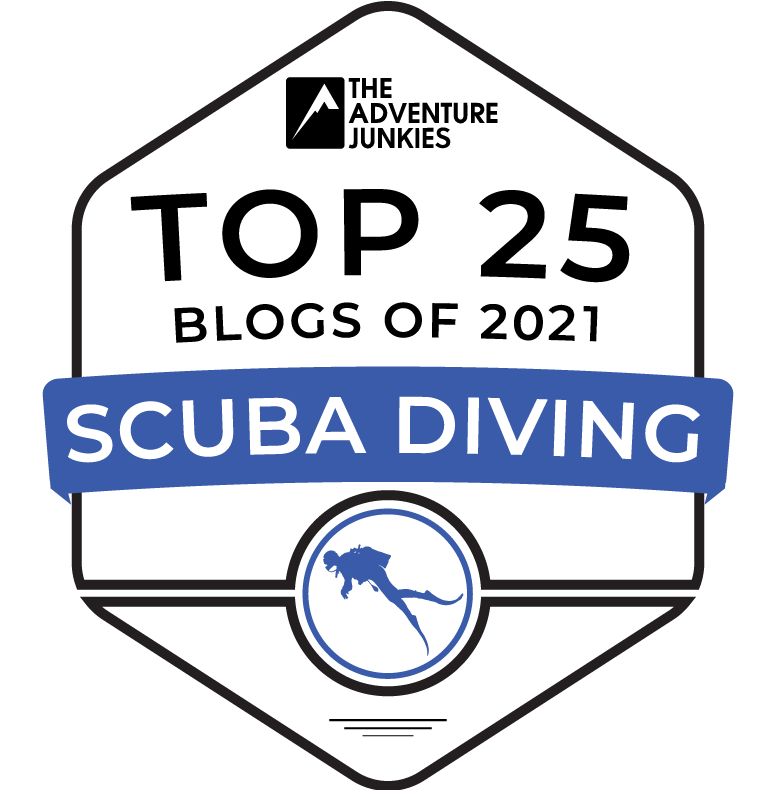

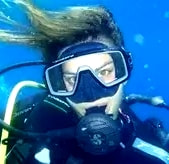

 RSS Feed
RSS Feed




